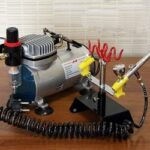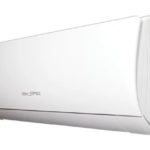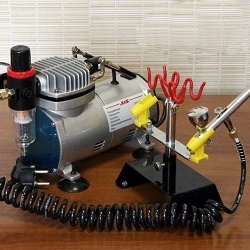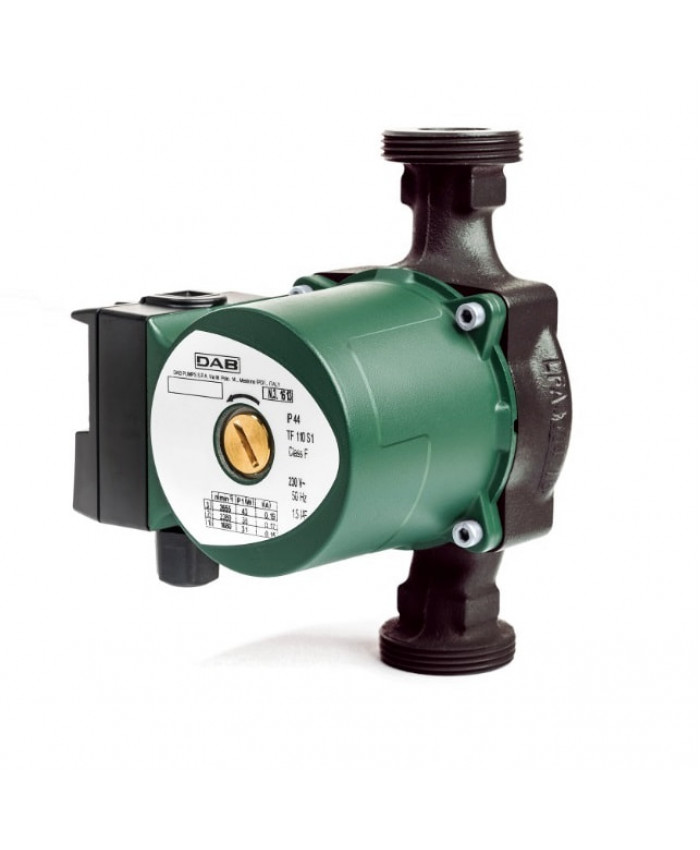Sewage pumping station: what you need to know and how to choose
If a small dacha or estate does not need a powerful sewerage station, then problems can occur in industry without it. There are several options for fecal station models, which we will tell you about right now: what and why.
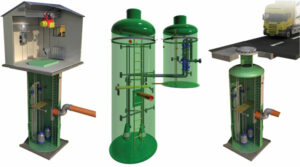
The content of the article
Concept of sewage pumping station
A sewage pumping station is a circuit whose main task is to pump feces and waste. Yes, entire systems with dozens of pumps and reservoirs can work on this.
A station is needed when it is not possible to move sewer water naturally, for example, when plumbing fixtures are located much lower than the sewer pipes.
In the photo of the sewer pumping station you can find a large cylindrical body, inside which all the equipment is installed and connected by pipes.
Now you can find a wastewater pumping station in any modification, volume, according to any characteristics and even design. The main thing is to understand its design, understand when to install a household one and when to install an industrial one. And also, what are the differences between different designs of SPS models.
Classic pump design
The models of sewage pumping stations have differences, but they are united by a basic principle - a compressor for pumping and a sealed storage tank. The latter is where waste is collected. Such a station tank is constructed of concrete, iron or dense plastic.
The purpose of the compressor for a pumping station is to raise all wastewater to the level allocated by the system, and from there it is pumped to the storage tank. After it is filled, the wastewater is removed and transported to the disposal site.
A sewage pumping station for a private home can have two pumps at once: one main and an emergency. The latter is used when the main one fails.
Industry and municipal facilities have to contend with large amounts of sewerage. In this option, there is absolutely no way without several pumps.
The pumps themselves can be of several options, so most home designs have a grinder - it grinds waste in wastewater. This format is not used in production, since solid particles can generally break the pump beyond repair.
Small wastewater disposal systems are connected directly to the toilet and, accordingly, are installed only in private houses. It doesn’t require a lot of extra space: just connect it to the toilet and enjoy using it.
Conventional stations have tanks made of polymer plastic. They are dug into the ground, while the upper part of the tank remains uncovered in order to inspect the station in time, repair a breakdown, or carry out scheduled pumping of feces.
The neck must be closed with a plastic or metal lid so that nothing gets inside the tank.
The tank is connected to the sewer using pipes and connections.To avoid problems with interruptions in the flow of wastewater through the system, a special bumper is installed. To eliminate turbulence in the environment (and this can happen), a vortex wall is installed.
Sewage pumps are equipped with autonomous monitoring and control systems. What is included in additional components that increase the convenience and productivity of the system:
- Backup power supply. It is especially necessary in continuous production, where without additional energy everything simply stops;
- Control sensors and pressure gauge - to regulate pressure in pipes;
- Cleaning systems for sealed waste tank.
The sewerage complex operates on submersible, sectional and other compressor formats.
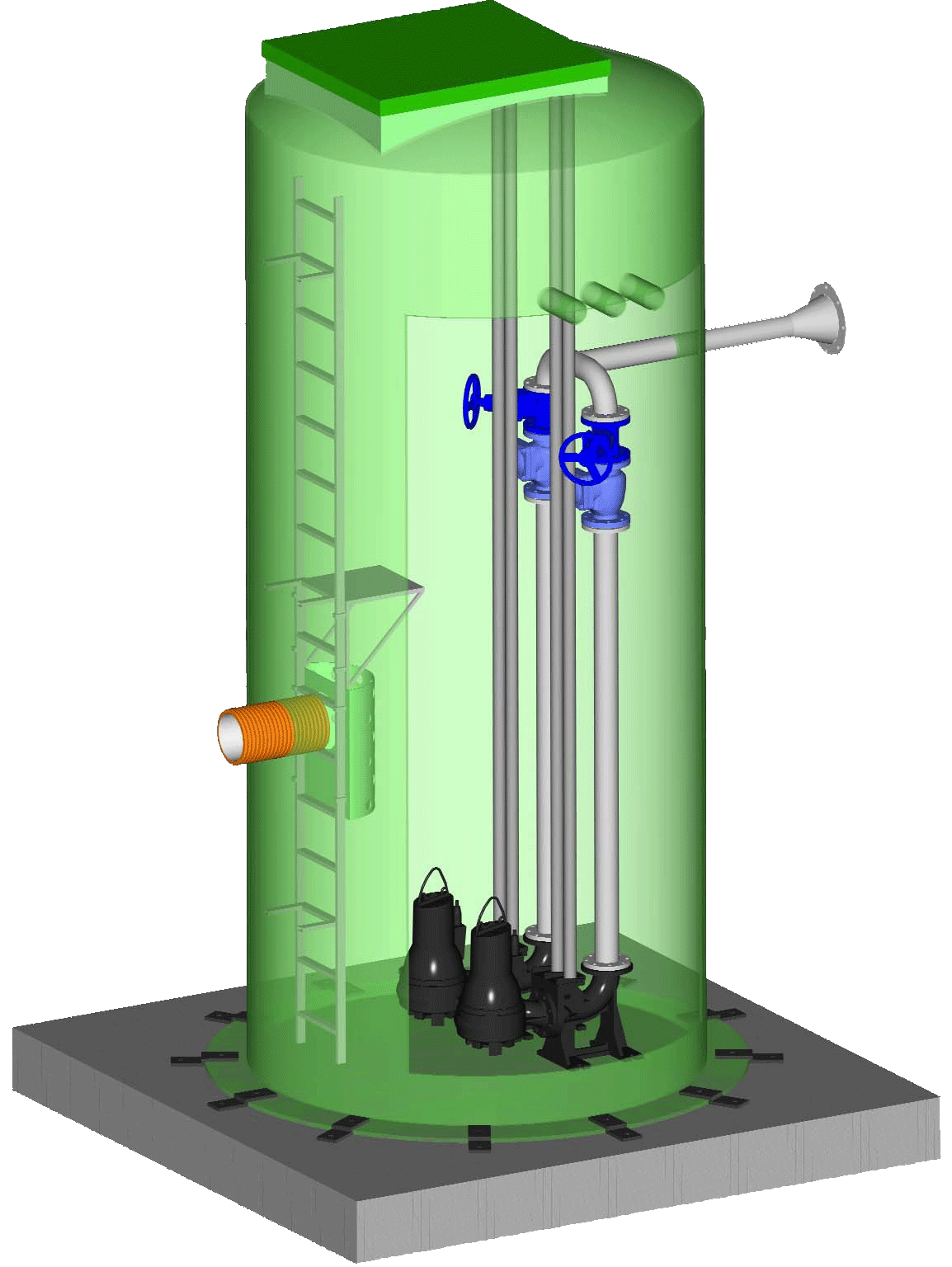
How any waste pumping system works: a quick summary
The CNS has a special operating system that looks like this:
- All wastewater is pumped into the pressure compartment. From there, the waste is moved to the pipeline under compressor pressure.
- Transition to the waste distribution compartment.
- Supply to the central sewer system or general treatment system.
A non-return valve is an important part in the sewer system. It alone keeps all the wastewater from possibly flowing back. Additional compressors are used when there is too much waste or the first pump has failed. If even two compressors fail, the operator receives an emergency notification of the incident.
The external system has a slightly different structure. This is because the reservoir serves a larger amount of wastewater. The pipes are dug into the ground completely or partially - it doesn’t matter.
The pump station has a reservoir, a working pump, a system of pipes for the movement of wastewater and a control module.The pipes have a dozen valves and guides to ensure that all flow moves in the right direction.
The circuit is turned on/off when the volume of the tank reaches a critical level. Floats are built in for control: they turn on the system after raising the drains to the maximum level. When the water is removed, the second float turns off the automatic module.
In some sewage disposal stations you can observe:
- flow meters;
- fastenings for stairs;
- metal gratings;
- additional filters.
Such “accessories” are needed only for the convenience and greater productivity of the device. Another pair of floats acts as safety elements: they work when the main pair does not work or when the waters have risen to a level above normal. This way the SPS reduces the chance of an emergency leak.
Criteria for selecting a sewage pump and stations
Below we will look at the parameters for choosing private equipment. It is more popular, and senior management certainly will not go to the Internet for information about CNS. They have their own equipment selection schemes.
Our goal is to buy a circuit with good performance and also save money. There is no point in paying more for a device that performs only 10 percent better.
Consider a few points:
- Wastewater transfer distance.
- What sewer flow is needed for pumping?
- What are the dimensions of the equipment?
- The structure of wastewater and the degree of its pollution. After all, in addition to feces, all solid waste from the house can be discharged into the sewer, and this is a separate type of sewerage system.
- Effluent filtration level.
- Geodetic pipe differences.
No one can give you a magic “pill” in the form of a calculation formula, so we focus on the created project. And according to the drawings, you can shorten or supplement the system.

